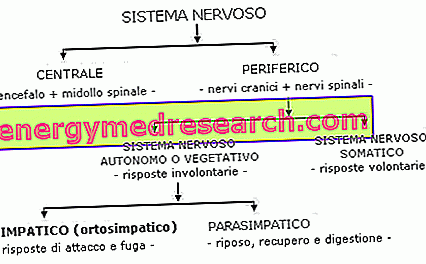
What is Avamys?
Avamys is a nasal spray that contains the active substance fluticasone furoate.
What is Avamys used for?
Avamys is used to treat the symptoms of allergic rhinitis. It is an inflammation of the nasal passages caused by an allergy, which causes a runny nose, a blocked nose, itching and sneezing. It is often accompanied by symptoms that affect the eyes, such as irritation, tearing or redness. Avamys is intended for use in patients aged six years or over.
The medicine can only be obtained with a prescription.
How is Avamys used?
The recommended dose of Avamys for patients 12 years of age or older is two sprays in each nostril once a day. Once the symptoms are under control, this dose can be reduced to a spray in each nostril. The minimum effective dose that can control symptoms should be used.
For children between the ages of six and 12, the recommended dose is one spray in each nostril once a day; however, it is possible to increase the dose to two sprays if the symptoms are not controlled. To get the maximum benefit, the medicine should be used regularly and at the same time every day. Normally it starts to take effect starting eight hours after the first spray, but it may take a few days before you get the maximum benefit. Avamys should only be used until the patient is exposed to allergens, such as pollen, house mites or other animals.
How does Avamys work?
The active substance in Avamys, fluticasone furoate, is a corticosteroid. It acts in a similar way to that of naturally occurring corticosteroid hormones, ie it reduces the activity of the immune system by attacking the receptors in various types of immune cells. This causes a reduction in the release of substances involved in the inflammation process, such as histamine, reducing allergy symptoms.
How has Avamys been studied?
The effects of Avamys were first tested in experimental models before being studied in humans.
Avamys was compared with placebo (a dummy treatment) in six main studies involving around 2, 500 patients. In the first four studies the use of Avamys was observed in patients aged 12 years or older; three short-term studies lasted two weeks and involved a total of 886 patients with seasonal allergic rhinitis (hay fever), while the fourth lasted four weeks and involved 302 patients suffering from perennial (non-seasonal) allergies, such as allergies to animals. The other two studies were carried out in children aged between two and 11 years: the first involved 558 children with perennial allergic rhinitis and the second involved 554 children with seasonal allergic rhinitis.
In all the studies, the main measure of the drug's effectiveness was the effect on the four symptoms of allergy affecting the nose. Each symptom was measured on a scale from 0 to 3, with a maximum total score of 12 points.
What benefit has Avamys shown during the studies?
Avamys was more effective than placebo in reducing the symptoms of allergic rhinitis in patients aged six years or older. In seasonal allergic rhinitis studies in patients aged 12 years and older, Avamys reduced symptom scores from about 9 points at the start of the study to a score between 3.6 and 5.4 points over the course of two weeks, compared to a reduction between 2.3 and 3.7 points with placebo. In the study of perennial allergic rhinitis, Avamys, after four weeks, reduced scores by 3.6 points, compared to a 2.8-point reduction with placebo.
Similar results were found in children aged six years or older. However, it was not possible to determine whether Avamys is effective in children under the age of six, as insufficient numbers of children included in this age group were included in the studies.
What is the risk associated with Avamys?
The most common side effect with Avamys (seen in more than 1 patient in 10) is epistaxis (nosebleeds). This is generally mild or moderate and tends to affect adults who have used Avamys for more than six weeks. For the full list of all side effects reported with Avamys, see the Package Leaflet.
Avamys should not be used in patients who are hypersensitive to fluticasone furoate or other ingredients in the medicine.
Why has Avamys been approved?
The Committee for Medicinal Products for Human Use (CHMP) decided that Avamys's benefits are greater than its risks for the treatment of symptoms of allergic rhinitis in patients aged six years or older. The Committee recommended that Avamys be given marketing authorization.
More information on Avamys
On 11 January 2008, the European Commission granted Avamys a marketing authorization valid throughout the European Union to Glaxo Group Ltd.
The full EPAR for Avamys can be found here.
Last update of this summary: 05-2009



